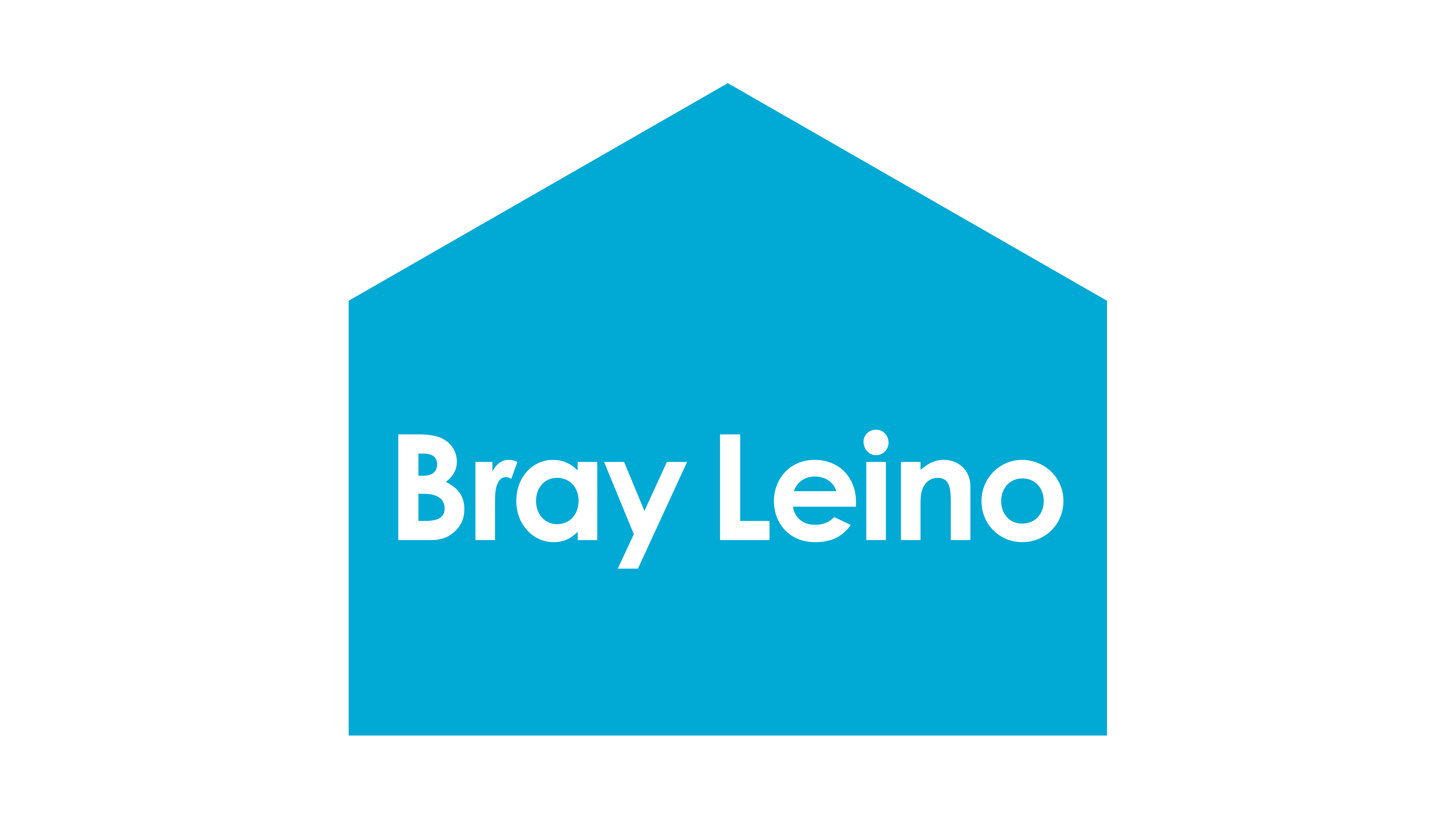katherine almond
How to spot an ABM blagger
I read an article recently that made me want to get out my red pen…the author used the terms Account Based Marketing and Marketing Automation almost interchangeably. The implication was that by having the latter in place you were, to all intents, achieving the former.
From our experience this is fundamentally wrong. There is so much more to effective Account Based Marketing than Marketing Automation.
To be clear we’re not knocking Marketing Automation, we’re big fans. When used correctly and in the right scenario it’s a powerful tool. But it’s no silver bullet to delivering Account Based Marketing.
Implementing a Marketing Automation plan can be a key pillar within an Account Based Marketing strategy, but they’re entirely different things.
Wikipedia provides as good a definition as I have found for Marketing Automation:
“Marketing Automation refers to software platforms and technologies designed for marketing departments and organisations to more effectively market on multiple channels online (such as email, social media, websites, etc.) and automate repetitive tasks.”
The same source describes Account Based Marketing:
“Account-based marketing (ABM), also known as key account marketing, is a strategic approach to business marketing in which an organisation considers and communicates with individual prospect or customer accounts as markets of one.”
Let’s delve a little deeper.
The key words in that definition of Marketing Automation indicate that the process is about automating repetitive tasks to market more effectively. As we know, this is achieved through implementing complex ‘decision tree’ style rules; closely monitoring trigger behaviours and generating automated responses that accumulate greater personalization. With each tracked interaction the system becomes more effective.
Clever, but essentially an automated process built for efficiency and scale, which means inherently treating everyone in any given segment in the same way and leading them along a pre-ordained path, albeit one that in theory (less often in practice) has complex rules giving rise to almost limitless routes.
In its inherent nature as an online tool, Marketing Automation rarely works seamlessly with offline communication channels, nor credibly delivers the nuances of one-on-one communication.
How very different Marketing Automation is, then, from Account Based Marketing, which is all about one-on-one communication, picking off top-priority accounts and communicating with them as though they were the only customer/potential customer in the world.
Account Based Marketing is all about getting to know the targeted account and the individuals in the decision-making team. And I don’t mean just finding out their name and job title, which some commentators have suggested is what is meant by researching the customer.
In my view, the research needed is much more extensive, particularly if you are trying to sell a product or service which is either high capital cost, long term or business-critical product or involving considerable levels of after-sales service.
Sales and marketing need to pool their shared knowledge on a regular basis about the target customer and their team. We regularly help our clients through this process; there’s a range of questions these meetings need to address:
- How well is their business doing?
- What do their customers think and say about them?
- What is their business strategy, and how might our product or service help them get there faster?
- What is the past relationship between our two organisations?
- And what relationships do we already have with the key individuals there?
- Perhaps we know them from their previous role?
- What do we know about the dynamics within their team?
- How can we proactively help the different team members fulfil their roles?
- What are their needs, motivations and fears?
- What stage are they at in the purchase decision-making process?
- What barriers have they put up so far?
- How could we counter these? case studies, or an introduction to an existing customer?
- Could we encourage them to attend any exhibitions where we have a presence?
We’re trying to work out the best way to build and/or maintain relationships – and that word relationship is at the heart of Account Based Marketing.
Relationships are about connections. And connections are as likely to be formed in the offline world as online. Indeed, this was borne out in recent research published by ITSMA (an organization one might expect to show a bias towards technology and digital solutions).
Their research showed:
- The top sources of information that buyers turn to at the early research stage are all people-based, with consulting with subject-matter exerts topping the bill
- Human interaction also dominates in the later stages of the buyer process, with custom demos tailored to the buyer’s needs cited as the most influential
- Even for the most digitally savvy buyers, half of the buying process takes place offline
So remember, the next person that tries to explain their ABM philosophy to you by vaguely describing a personalised, automated email strategy, is probably blagging.
Marketing automation will often have a role to play in ABM, but so too do many of the more traditional marketing disciplines. ABM is a carefully considered, concerted strategic multi-channel approach. It isn’t something you can blag.
Katherine Almond is Head of B2B Strategy at Bray Leino. To find out how we can help you develop a winning ABM strategy, email hello@brayleino.co.uk.
